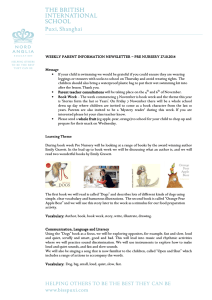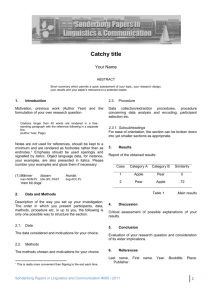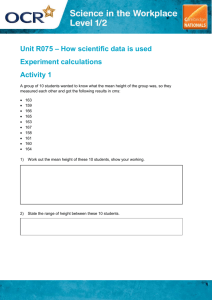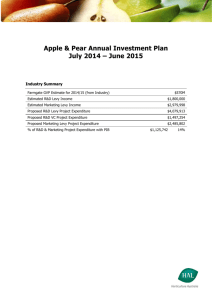Introduction to Set Theory File - Atlanta International School Moodle
advertisement
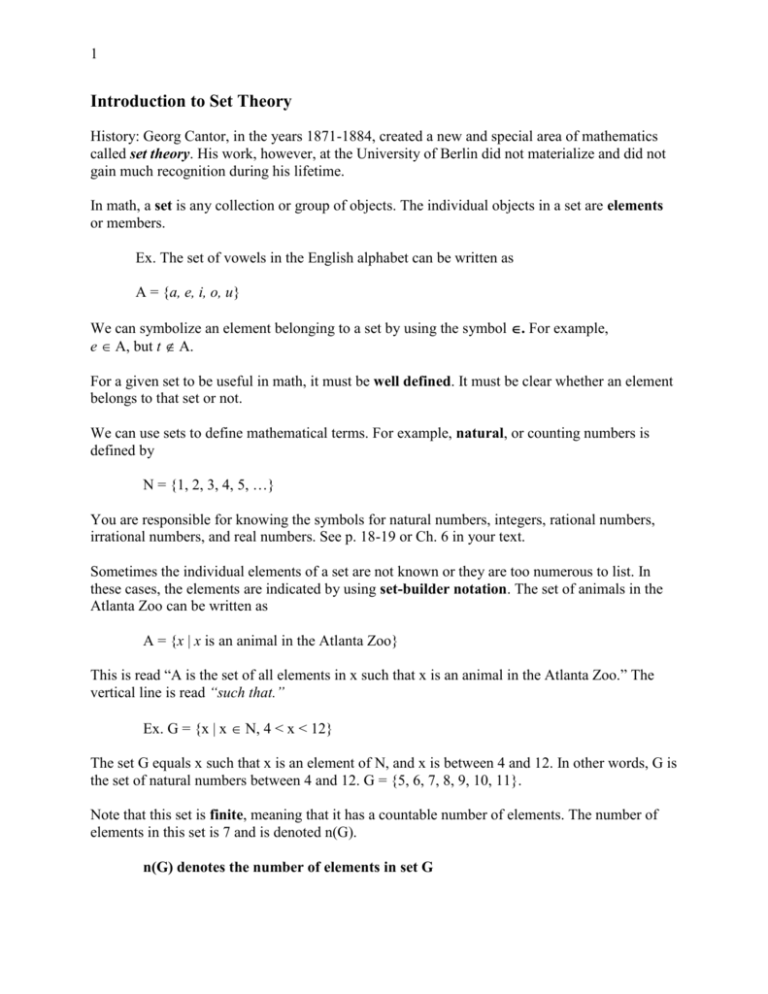
1
Introduction to Set Theory
History: Georg Cantor, in the years 1871-1884, created a new and special area of mathematics
called set theory. His work, however, at the University of Berlin did not materialize and did not
gain much recognition during his lifetime.
In math, a set is any collection or group of objects. The individual objects in a set are elements
or members.
Ex. The set of vowels in the English alphabet can be written as
A = {a, e, i, o, u}
We can symbolize an element belonging to a set by using the symbol . For example,
e A, but t A.
For a given set to be useful in math, it must be well defined. It must be clear whether an element
belongs to that set or not.
We can use sets to define mathematical terms. For example, natural, or counting numbers is
defined by
N = {1, 2, 3, 4, 5, …}
You are responsible for knowing the symbols for natural numbers, integers, rational numbers,
irrational numbers, and real numbers. See p. 18-19 or Ch. 6 in your text.
Sometimes the individual elements of a set are not known or they are too numerous to list. In
these cases, the elements are indicated by using set-builder notation. The set of animals in the
Atlanta Zoo can be written as
A = {x | x is an animal in the Atlanta Zoo}
This is read “A is the set of all elements in x such that x is an animal in the Atlanta Zoo.” The
vertical line is read “such that.”
Ex. G = {x | x N, 4 < x < 12}
The set G equals x such that x is an element of N, and x is between 4 and 12. In other words, G is
the set of natural numbers between 4 and 12. G = {5, 6, 7, 8, 9, 10, 11}.
Note that this set is finite, meaning that it has a countable number of elements. The number of
elements in this set is 7 and is denoted n(G).
n(G) denotes the number of elements in set G
2
When there are no elements in a set, the set is referred to as the empty set or the null set.
The empty set is denoted by: { } set brackets which enclose no elements or .
Ex. B = {The natural numbers less than zero}. Since there are no natural numbers less
than zero, B = { }.
Consider the sets U = {1, 2, 3, 4, 5, 6, 7, 8, 9, 10}, A = {1, 2, 3, 4, 5, 6}, and B = {2, 4, 6}.
Notice that all the elements of B are contained in A. B is a subset of A, and we write B A. If B
is a subset of A and is not equal to A, then B is a proper subset of A and written B A.
denotes is a proper subset of
denotes is not a proper subset of
denotes is a subset of
denotes is not a subset of
Ex. A = {apple, pear, orange}
The subsets are:
{}
{apple}
{apple, orange}
{pear}
{orange}
{apple, pear}
{pear, orange}
{apple, pear, orange}
Note that both the empty set and the set itself are subsets of the set!!
The proper subsets are:
{}
{apple}
{apple, orange}
{pear}
{orange}
{pear, orange}
{apple, pear}
From the previous example, the set itself is not a proper subset.
To compute the number of subsets and proper subsets, use the following formulas:
If a set A has p elements and n(A) = p, there are 2p = subsets and 2p –1 proper
subsets.

